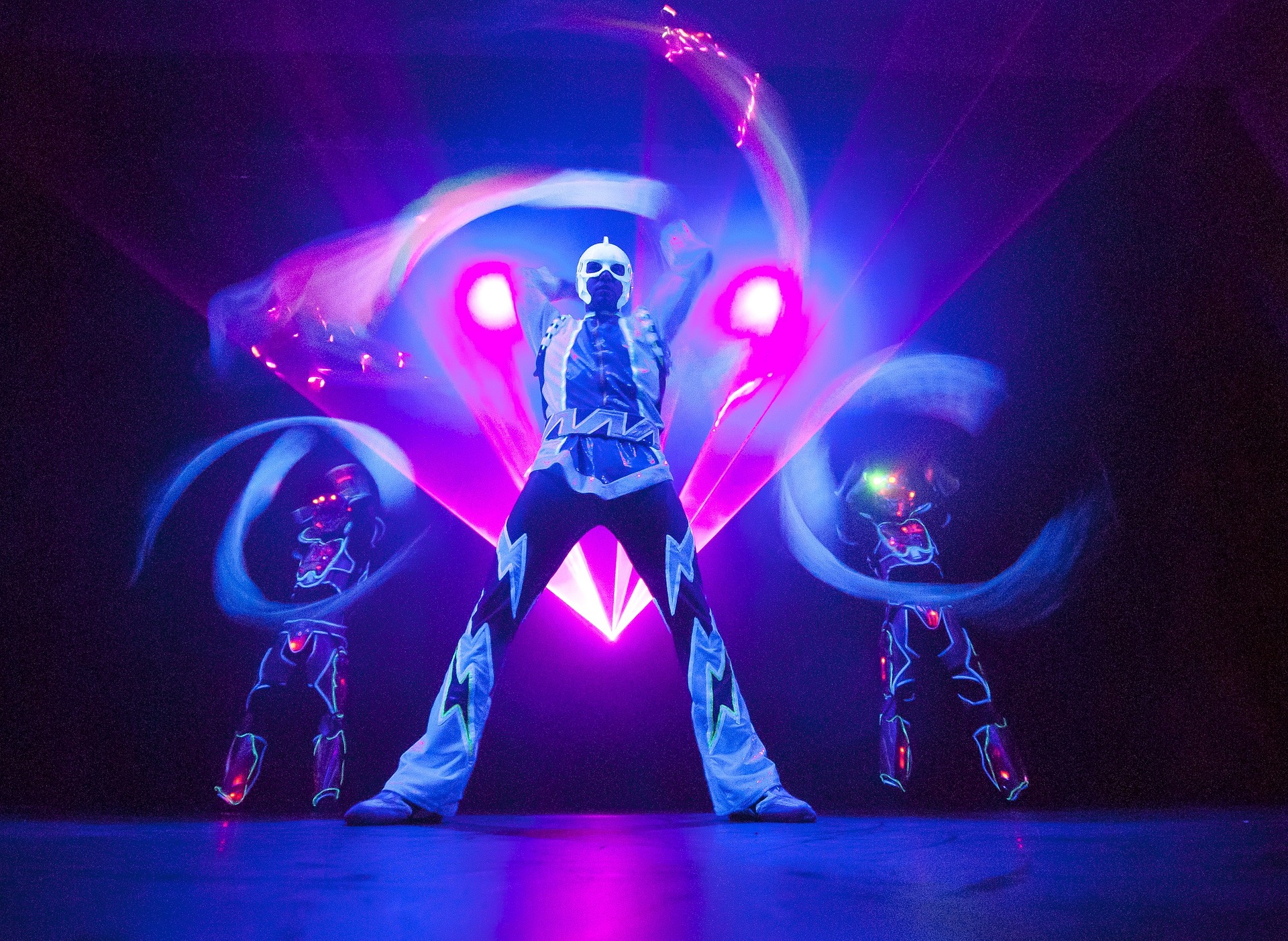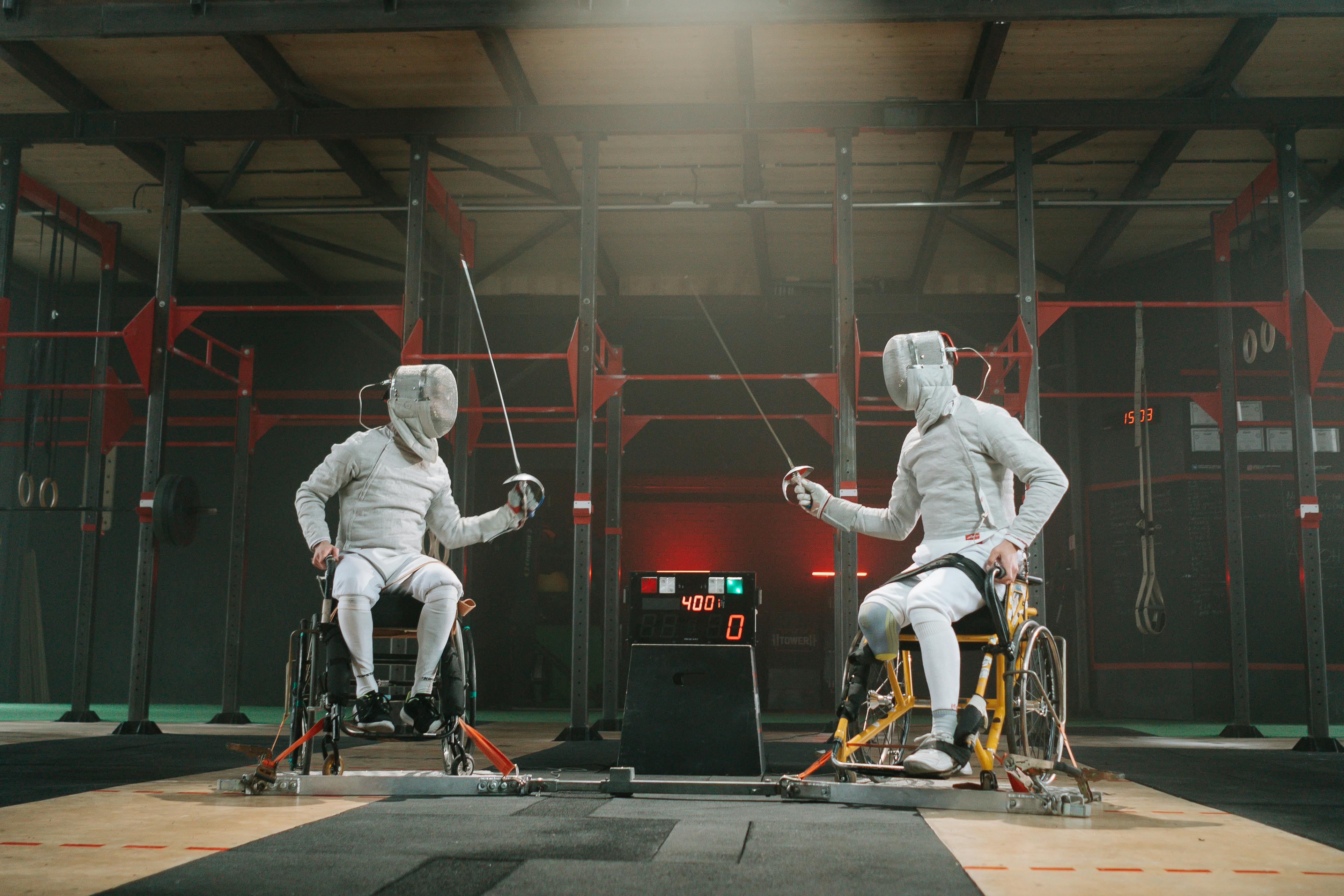Virtual Reality: The Game Changer in Arts and Entertainment
Introduction: Immerse yourself in the realm of virtual reality and explore how this technological marvel is revolutionizing the arts and entertainment industry, offering unique experiences like never before. Virtual Reality (VR) technology, though perceived as a recent development, traces its roots back to the mid-20th century. The Sensorama, a 1960s invention by Morton Heilig, is often considered the earliest VR system. It was a mechanical device that stimulated multiple senses, delivering a 3D experience. Fast forward to the 21st century, VR has evolved dramatically, transforming from a concept of science fiction to a reality of everyday life.

Virtual Reality: The Present Scenario
VR has made significant strides over the past few years, primarily driven by advancements in technology and increased accessibility. Modern VR headsets, like Oculus Rift and HTC Vive, provide users with immersive experiences, transporting them to different realities at the comfort of their homes. This technology is not only gaining popularity in gaming but is also reshaping arts and entertainment, opening up innovative avenues of creativity and interaction.
Impact on Arts and Entertainment
The implications of virtual reality on arts and entertainment are profound. It provides artists with a new medium to express their creativity, enabling them to create immersive artwork that transcends the boundaries of traditional art forms. Similarly, in the entertainment industry, VR is enhancing audience engagement by providing immersive experiences. Whether it’s a virtual concert, a VR film, or a 360-degree theatre performance, the technology is adding a whole new dimension to entertainment.
The Audience Reception and Significance
The reception of VR in arts and entertainment has been overwhelmingly positive. Audiences are embracing this new way of experiencing art and entertainment, as it offers a unique, immersive, and interactive experience. The significance of VR goes beyond mere novelty. It is revolutionizing the way we interact with art and entertainment, making it more personal and engaging.
Looking into the Future
The future of VR in arts and entertainment looks promising. As technology continues to advance, the quality and accessibility of VR experiences will only improve, making it more mainstream. Furthermore, as more artists and entertainers experiment with this technology, we can expect to see more innovative and exciting applications. Indeed, virtual reality is not just a technological trend. It is a game-changer that is redefining the landscape of arts and entertainment.
In conclusion, virtual reality is not a passing fad in the arts and entertainment industry. Its potential to offer immersive and engaging experiences is only beginning to be tapped. As we continue to explore and understand this technology better, it’s clear that VR will play a significant role in shaping the future of creativity and entertainment.





